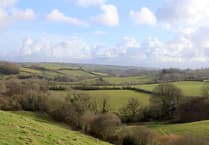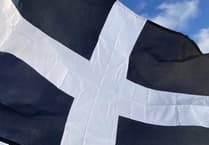A Dickens enthusiast is celebrating the 180th anniversary of a festive literary classic, and its connections with Cornwall.
St Austell historian Barry West has spent many years researching the novella A Christmas Carol, and made the national front pages with his assertion that the ghost of Jacob Marley was inspired by a headstone Dickens discovered in a North Cornwall graveyard.
“It was published in 1843, the year after Dickens and his friends toured Cornwall in an open-top carriage full of booze,” he said. “He travelled to St Michael’s Mount, Land’s End, the mining village of St Just, St Nectan’s Glen and Tintagel Castle.”
Barry believes his experience is evident throughout the work, including when Scrooge asks the Ghost of Christmas Present “What place is this?”.
The spirit replies: “A place where Miners live, who labour in the bowels of the earth.”
Dickens wrote A Christmas Carol in just six weeks and funded the publication himself, determined it should be a high-quality, stand-alone book.
A first edition of 6,000 copies was published on December 19, 1843 and sold out by Christmas Eve.
However, Dickens’ lofty ambitions, including expensive coloured pictures in the first edition, ensured it wasn’t the moneymaker he’d hoped for. Despite this, it remains one of his most popular and enduring stories.
Barry said: “If he had only been aware of the impact his work would have.
“He gave us so much by way of his literary achievements, and was instrumental in helping to raise the plight of the poor, the less well-off and the workers who without doubt benefited from the social reforms he campaigned for.
“So please raise your glasses and give thanks to Charles Dickens.”




